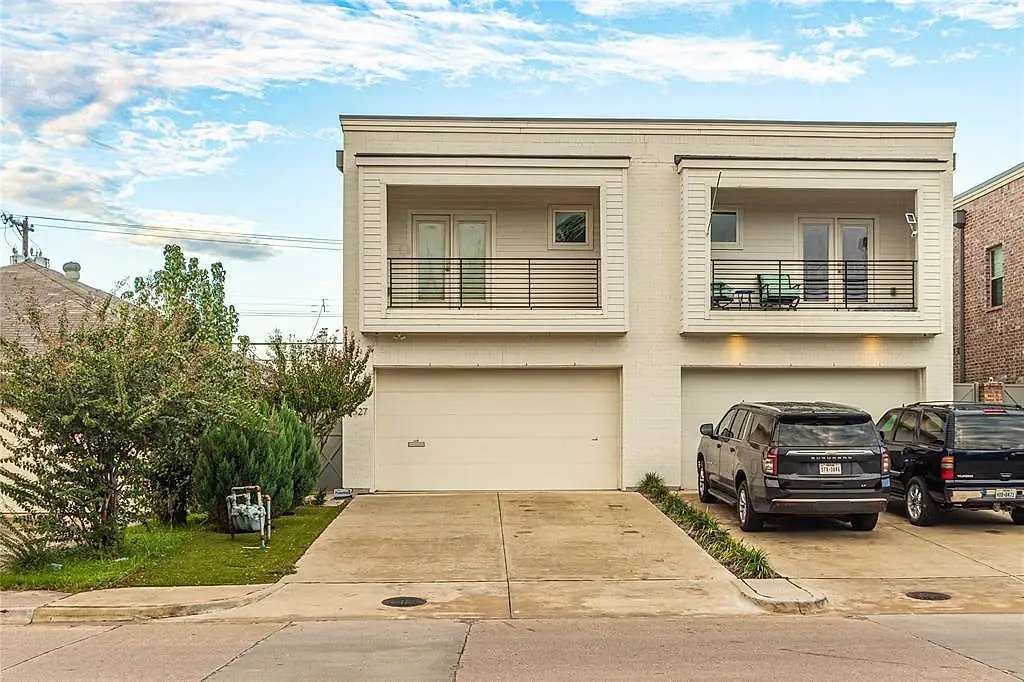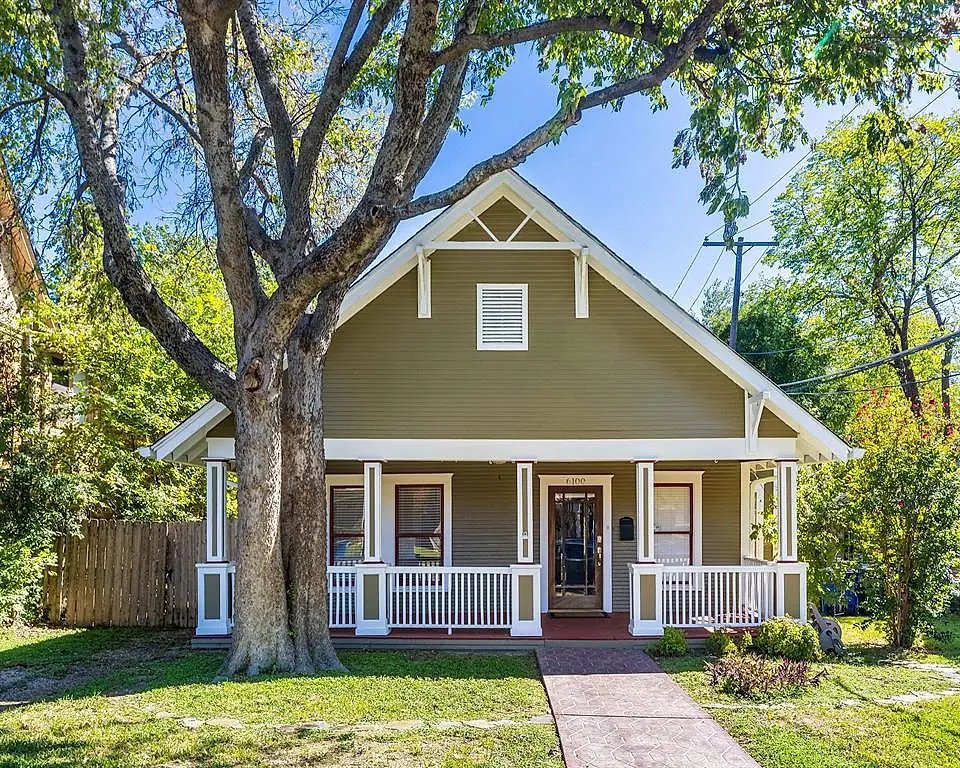Cost of Living Comparison Overview
The living costs in Dallas, Texas, are slightly higher than the national average, attributed to various key factors affecting the city’s affordability compared to other major Texas cities. One significant factor influencing the living costs in Dallas is housing expenses. For instance, the average rent and home prices in Dallas are higher than in cities like Houston, impacting residents’ budgets and overall financial planning. Understanding these housing costs is crucial for individuals considering a move to Dallas and hoping to maintain their desired quality of life while managing expenses effectively.
Moreover, transportation costs in Dallas contribute to the overall cost of living in the city. Factors such as gas prices, vehicle maintenance, and public transportation availability can significantly impact residents’ monthly budgets and commuting experiences. For example, individuals living in neighborhoods with limited access to public transportation may incur higher transportation costs due to increased reliance on personal vehicles. By comparing these transportation expenses with those in other major Texas cities, prospective residents can better assess the financial implications of living in Dallas and plan accordingly to meet their budgeting needs.
Factors Affecting Living Costs in Dallas
When examining the cost of living in Dallas, it becomes evident that housing expenses are a significant factor contributing to the city’s higher living costs. For instance, the average rent for a one-bedroom apartment in Dallas stands at around $1,250 per month, while home prices vary significantly across neighborhoods, with some areas experiencing rapid appreciation, further impacting affordability. These housing costs can put a strain on residents’ budgets, making it essential for individuals to carefully consider their accommodation choices to ensure financial stability.
Moreover, transportation expenses in Dallas present another crucial element influencing the overall cost of living. Factors such as gas prices, vehicle maintenance, and the availability and efficiency of public transportation systems all play a role in how much individuals spend on getting around the city. For instance, individuals with longer commutes or those who rely on personal vehicles may find themselves allocating a considerable portion of their budget to transportation costs, affecting their overall financial health. Understanding these transportation dynamics is key for residents looking to manage their expenses effectively in Dallas’s urban environment.
Additionally, when it comes to groceries and food prices, Dallas residents face varying costs depending on where they shop and their dietary preferences. The price of groceries in Dallas can fluctuate based on factors like location, store competition, and individual shopping habits, impacting the monthly expenses of residents. Moreover, utilities such as electricity, water, and internet services also contribute to the cost of living in Dallas, with prices varying based on consumption levels and service providers. These utility costs add another layer of consideration for individuals aiming to create a comprehensive budget that accurately reflects the expenses associated with living in Dallas.
Dallas vs. Austin Cost of Living Analysis
When comparing the cost of living between Dallas and Austin, housing costs play a significant role. In Dallas, the average cost of a one-bedroom apartment is around $1,250 per month. Conversely, in Austin, a similar apartment might cost approximately $1,100 per month. These figures show the marginally lower housing expenses in Austin. Such differences can impact individuals and households looking to settle in either city. Long-term financial commitments like rent or mortgage payments are especially important to consider.
Transportation expenses in Dallas versus Austin also show differences. While overall costs may seem similar, daily commute distances can influence individual expenditures. For instance, individuals living in Dallas suburbs might face longer commute times to the city center. This results in higher gas expenses and vehicle maintenance costs. In contrast, Austin’s layout may allow for shorter commute distances. This reduces the financial burden associated with transportation for some residents. These variations emphasize the importance of considering both general cost of living and specific lifestyle factors. This impacts daily expenses in each city.
Dallas vs. Houston Cost of Living Comparison
When comparing the cost of living between Dallas and Houston, both cities have unique financial landscapes. In terms of housing costs, Dallas and Houston share similarities. However, Houston offers more affordable housing options in specific neighborhoods. For example, areas like The Woodlands in Houston might provide lower rent prices. This contributes to the cost of living disparity between the two cities.
Transportation expenses in Dallas are generally lower than in Houston. However, the actual cost can vary based on individual circumstances. This includes factors like daily commute distance and the availability of public transportation. For instance, residents living closer to their workplaces in Dallas might incur lower transportation costs. In contrast, those with longer commutes in Houston could face higher costs due to gas prices or toll fees.
Healthcare expenses in Dallas and Houston are also significant. Factors like the quality of medical services, insurance coverage options, and out-of-pocket expenses influence healthcare costs. For example, individuals in neighborhoods with limited healthcare access in Houston might face higher medical expenses. This is due to longer travel distances or the need for specialized care outside their area. In contrast, Dallas residents with easier access to medical services might have lower healthcare costs.
Average Salaries and Financial Considerations
When evaluating average salaries in Dallas, note the city’s diverse economy. It offers various job opportunities across technology, healthcare, finance, and manufacturing. For instance, the technology sector in Dallas has been steadily growing. Companies like AT&T, Texas Instruments, and Southwest Airlines provide competitive salaries. Understanding salary ranges in these industries helps individuals gauge their earning potential.
Moreover, the relationship between salaries and the overall cost of living in Dallas is significant. For example, a software engineer in Dallas earns an average salary of $85,000 per year. This allows for a comfortable lifestyle considering the city’s cost of living. On the other hand, individuals in retail or service industries might struggle to meet financial needs due to lower average salaries. Comparing salaries across industries and aligning them with Dallas’s specific cost factors is crucial. This helps residents plan their budgets and tailor their lifestyles accordingly. This comprehensive approach ensures individuals have a realistic understanding of their earning potential and expenses.
Key Takeaways and Recommendations
When analyzing the cost of living in Dallas compared to other major Texas cities, several factors significantly influence overall expenses. Housing costs in Dallas are notably higher than the national average. This impacts the affordability of living in the city. It necessitates a careful assessment of one’s budget. Housing expenses typically represent a significant portion of an individual’s monthly outlays. This affects their financial well-being and quality of life.
Transportation expenses in Dallas can also vary based on several factors. These include gas prices, vehicle maintenance, and the availability of public transportation. For example, a longer commute due to the city’s urban sprawl might result in higher transportation costs for some residents. Understanding these diverse cost elements is essential for individuals considering a move to Dallas. This ensures they make informed financial decisions and maintain their financial stability in the long run.






















